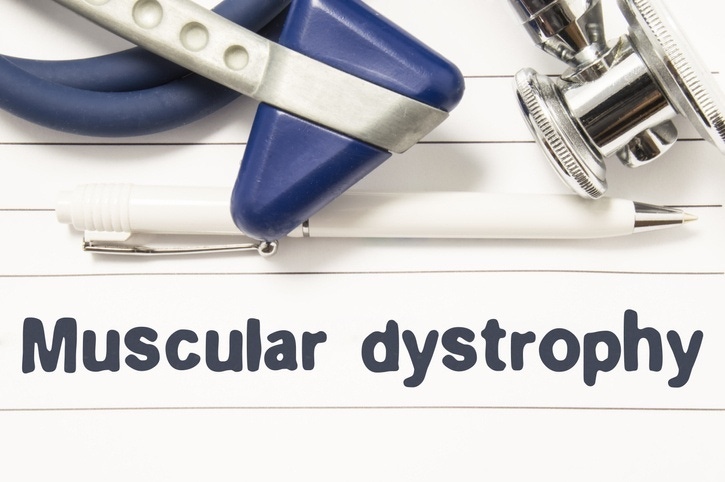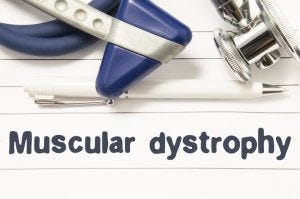Content Spotlight
Podcast: MilliporeSigma says education vital to creating unbreakable chain for sustainability
MilliporeSigma discusses the importance of people, education, and the benefits of embracing discomfort to bolster sustainability efforts.

With Brammer and Paragon contracts, Sarepta Therapeutics has ample gene therapy manufacturing capacity but says it is now working on analytical and process development yield optimization.
In 2018, Sarepta announced it was adopting a “hybrid manufacturing” approach to its gene therapy pipeline meaning it would build internal expertise in adeno-associated virus (AAV)-based manufacturing while partnering with contract manufacturers.
As such, the firm entered into a long-term partnership with Brammer Bio – now part of Thermo Fisher – and Paragon Bioservices – now part of Catalent – to provide commercial manufacturing capabilities for its micro-dystrophin gene therapy products.

Image: iStock/hidlovski
This strategy has left Sarepta in a “very good shape from a capacity perspective,” CEO Douglas Ingram said at the Morgan Stanley 17th Annual Global Healthcare Conference earlier this month.
“Brammer has already built for us our commercial manufacturing facility in Lexington, that is complete now and will be qualified by about November of this year,” he told investors. “We have actually even more capacity at Paragon and we have a secondary supplier from Paragon.”
He added that the capacity and number of fixed-bed viral vector iCELLis bioreactor units available leaves the firm in “very good shape as we track towards the end of 2019 and 2020.”
Sarepta’s lead gene therapy is SRP-9001, in Phase II clinical trials for Duchenne muscular dystrophy (DMD), but to move it into the next phase of development Ingram said the firm needs to think about analytical development and process development (PD) yield optimization.
He said analytical development is proceeding on track, being led by Dr. Reed Clark, head of process development, analytical development at Sarepta.
And while PD yield optimization is also going well, he said there is more to do, and so he took the decision to delay Phase III studies.
“We start with iCELLis units, what I call, iCELLis nanos. We got great yield with nanos, then we scaled up to the actual commercial, the commercial construct, which is iCELLis 500 units and we’re in the process of optimizing yields right now.”
He said it became clear that during late Phase II studies that the firm needed to show expression level data out of Phase III by the end of 2020, and so did not have to start that study this year.
“We could actually start it in 2020 and we’d still be in the same place. And from there, it occurred to me that I should give the team time to optimize yields maximally before we lock things down and move into a clinical situation.”
“If you think about this, to get to a place and the tech op teams was confident, they would get there to start creating commercial material by December of this year. They would have had to start walking yields down by now or before, even by now. And we will continue to make improvements on yields thereafter.
“If we made great step order changes in the yield improvement post starting the clinical trial, we could be in a position where we had to do yet another bridging study to prove that the material post clinical trial was the same as the material we’re going to launch the drug with.”
You May Also Like